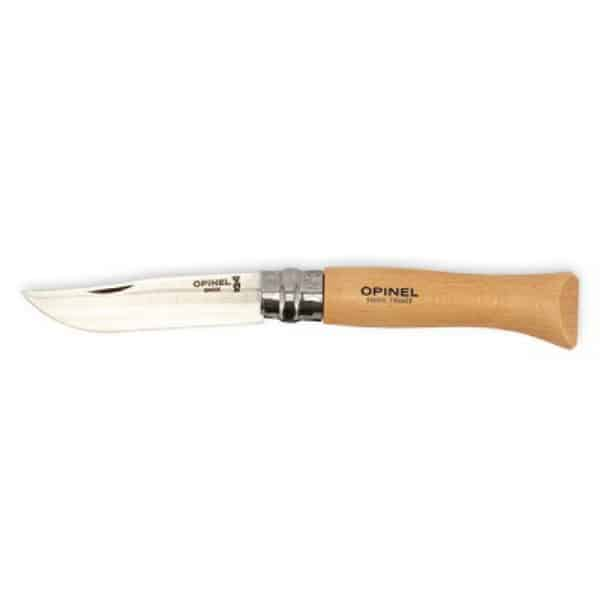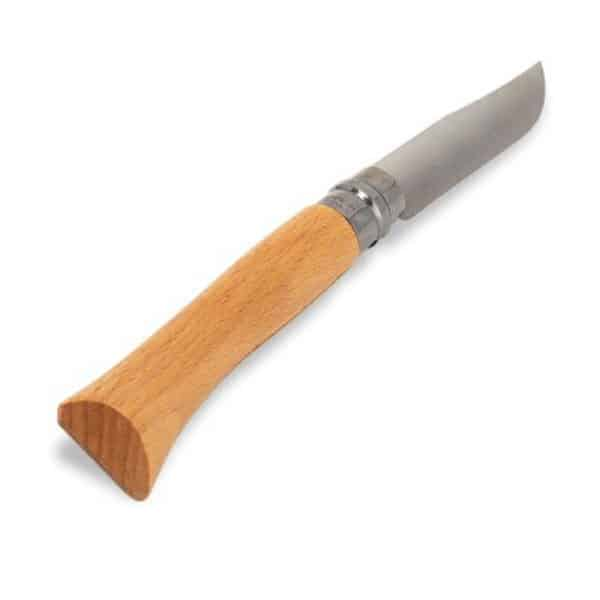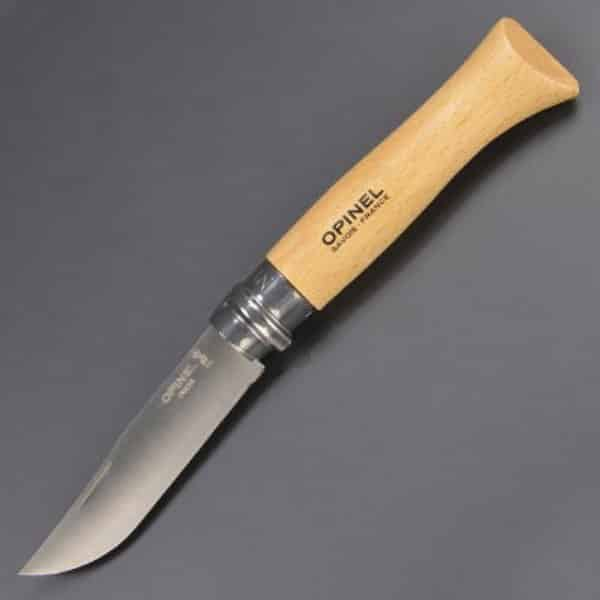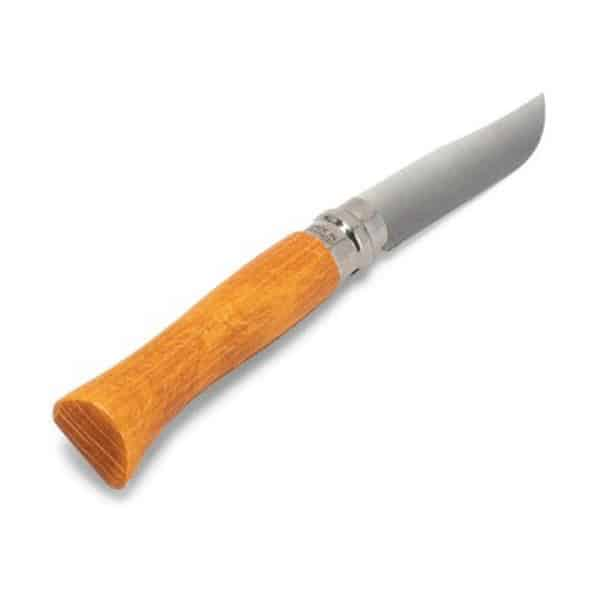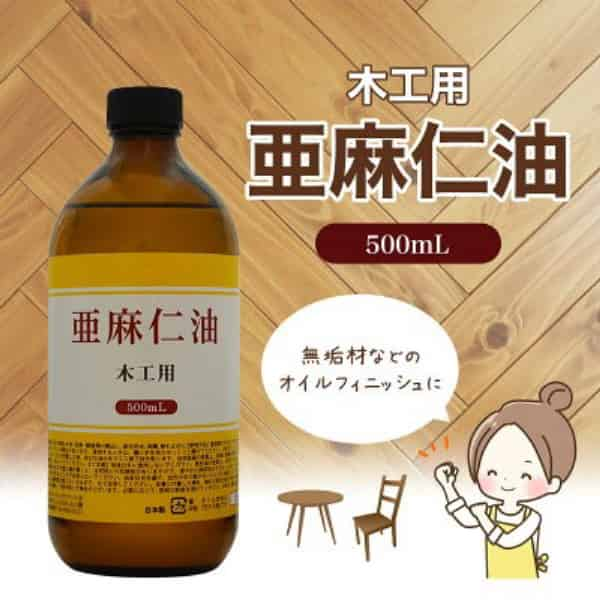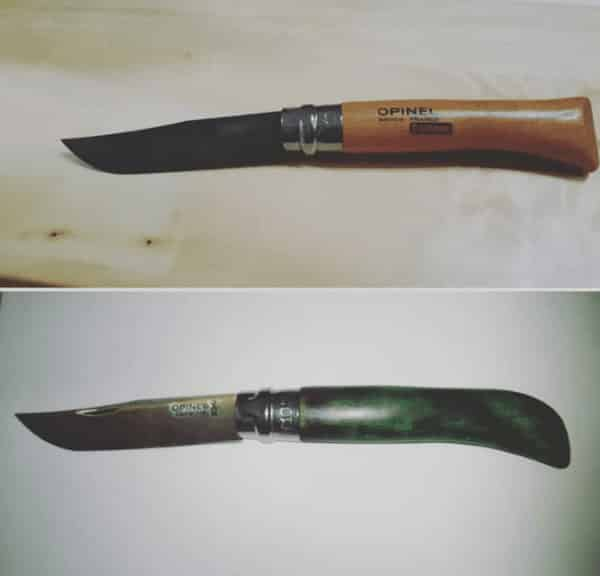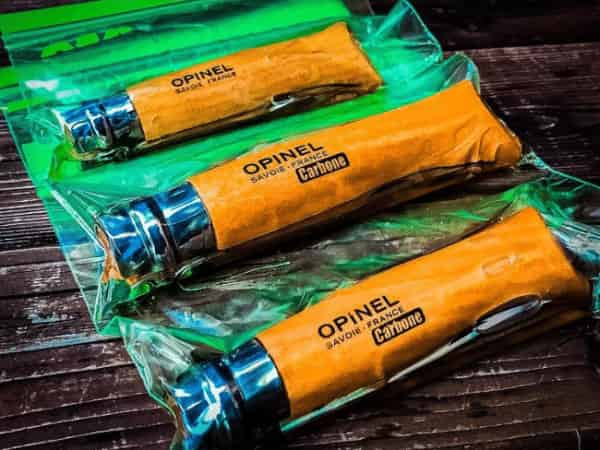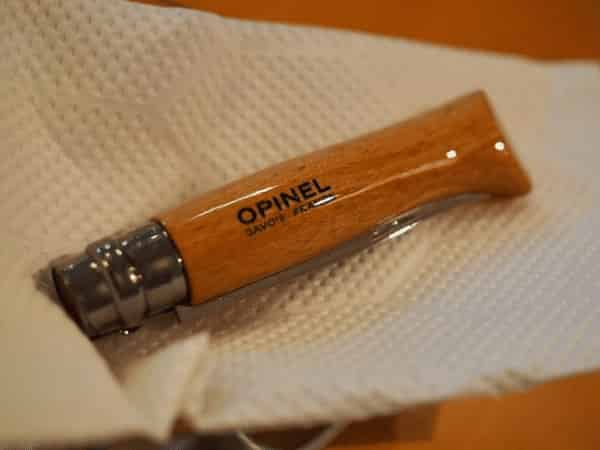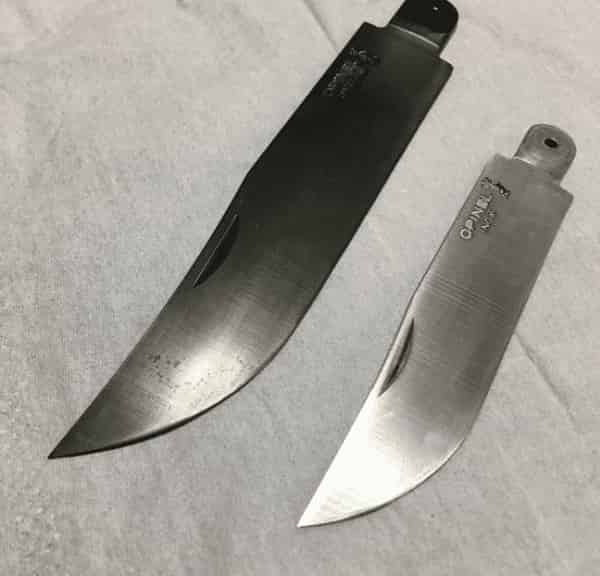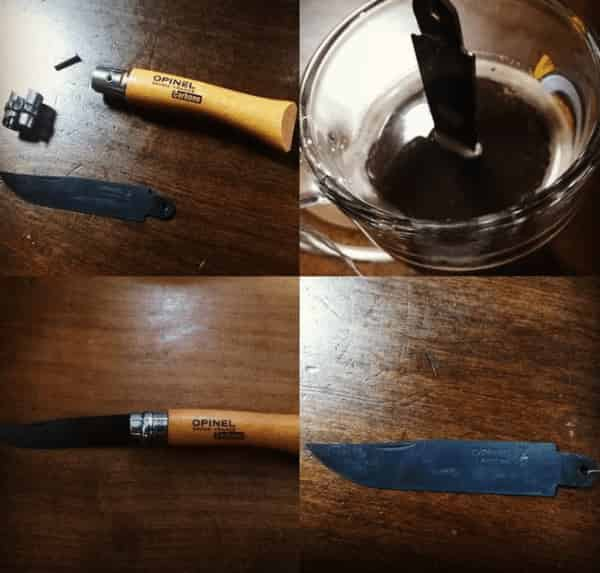Opinel is a folding knife that is indispensable for EDC activities and camping. After purchase, it will be easier to use by pickling it in oil, which is called oil processing. Introducing oil processing (oil pickling), which is a standard processing of Opinel knives, and maintenance methods.
What is an Opinel knife?
Sophisticated design
Opinel knives are a French brand. A folding knife is indispensable for EDC activities such as camping and mountain climbing. With a simple design that you won’t get tired of, you can use it for a long time with daily care and maintenance, and the more you use it, the more you will love it.
Opinel knife types and sizes
The first one!
Opinel knives are available for EDC, gardening, and kitchen use. This time we will introduce EDC use, but there are two types of blades, stainless steel and carbon. Also, the size is abundant and the price is about $20, which is relatively reasonable, so it is recommended for the first one for beginners!
A wide variety!
There are also items that will tickle collectors’ hearts, such as the series with handles made of various types of wood (walnut, olive wood, oak wood, bubinga) and the anniversary model commemorating the 125th-anniversary Opinel’s birth.
What is oil processing (pickled in oil)?
When you get an Opinel knife, the first thing to do is oil processing. It is a standard processing of Opinel knife processing. Oil processing (pickling in oil) is literally the processing of soaking an Opinel knife in oil.
Why soak Opinel knives in oil? This is to custom the blade in and out smoothly.
At first, when you put out the blade of the Opinel knife after purchase, it is hard and you cannot put out the blade unless you apply force. When the Opinel knife is washed with water, if the wooden handle gets wet, the handle absorbs water and expands, making it difficult to insert and remove the blade.
It is recommended that oil processing (pickling in oil) prevents excessive absorption of water and customs the Opinel knife easier to use.
About what to prepare for oil processing (pickled in oil)
To perform oil processing, the Opinel knife is disassembled, so a tool is required. Before starting work, please check if you have the tools and prepare the ones you do not have.
Hammer, mallet
Hammers and mallets are used to remove the pins holding the blade and handle of the Opinel knife.
Punch
The punch is used as a set with a hammer. Place the tip of the punch on the pin and hit the punch with a hammer to remove the pin.
Pliers
Pliers are used to remove the lock parts of the Opinel knife and to remove the pins.
Masking tape
Masking tape is used to remove the lock parts.
File
The file is used to file where the blade of the handle is stored.
Oil
Prepare dry oil such as peanut oil, flaxseed oil, and walnut oil. Please note that non-drying oils such as olive oil cannot replace it. Drying oil is also used for finishing furniture and the like, and it dries over time.
However, non-drying oils such as olive oil do not dry over time and become sticky.
Zip lock
Used when dipping the handle in oil. I think it can be replaced with a plastic bag.
Oil processing (oil pickling) procedure
Disassembling the Opinel knife ① Remove the lock parts
Remove the lock parts. Lock the blade with it closed. When you remove it from the lock part, the lock part will fly away, so attach the tape to the lock part. At that time, leave some play on the handle side.
Then, as you open the blade with pliers, the lock parts will come off. At this time, be careful not to get injured.
Disassembling the Opinel knife ② Remove the pin
Remove the pin holding the blade. Place the punch on the opposite side of the protruding pin and hit it with a mallet or hammer so that the pin comes out. Remove the pin that came out with pliers. I think pliers are easier to grip and pull out than radio pliers and nippers.
Disassembling the Opinel knife ③ Remove the blade
Remove the blade with pliers. Simply pinch the blade with pliers and pull it out, but be careful not to get injured.
Disassembling the Opinel knife ④ Remove the metal parts
Finally, twist the metal parts attached to the handle by hand to remove them. This completes the disassembly.
File
Next, file the part where the blade of the handle was stored. Opinel expands when it contains water, making it difficult to insert and remove the blade. File and widen the gap. Be careful not to widen the gap too much.
Assembling the Opinel knife
I will assemble the disassembled Opinel knife. Insert the blade into the handle and fit the metal parts. First, fit it by hand, and finally tap it with a hammer to fit it firmly into the handle.
Then, align the holes in the metal parts, handles, and blades before fitting the pins. Once the holes are aligned, pin them in. Hit the pin with a hammer to fasten it. When the pin is fully inserted, insert the lock parts from above to complete the assembly.
Oil processing (pickled in oil)
Then, soak the handle with oil. Use dry oil such as peanut oil, flaxseed oil, and walnut oil. Put oil and Opinel knife in a zip lock and let it soak for a day.
* It is possible to soak only the handle in oil in the disassembled state, but please be careful as oil may adhere to the holes through which the pins pass and the gaps where the blades are stored, making it narrower and tighter when assembling.
Dry and complete
After soaking for one day, let it dry for one day. When drying, leave the blade out. And oil processing (oil pickling) is completed.
Other processing (black rust processing)
There is a process called black rust processing. This is the process to be performed when the blade of the Opinel knife is a carbon blade. Black rust processing is also a standard processing of Opinel knives like oil processing. It is recommended because it is very easy to process.
Why do you do black rust processing?
The reason why black rust processing is performed is that carbon blades are easier to rust than stainless steel blades, and if they are left wet with water, red rust will occur immediately.
Therefore, black rust processing is applied before red rust occurs to prevent red rust from occurring. By performing black rust processing, the blade becomes black, so you can enjoy the appearance very differently.
Items to be prepared by black rust processing
As with oil processing, the Opinel knife needs to be disassembled, so prepare the tools prepared for oil processing. Other necessary items are as follows.
Tea
Prepare 800cc of black tea in a tea bag such as Darjeeling tea or Earl Gray tea on the market.
Vinegar
For vinegar, prepare 200cc of grain vinegar that is commonly used at home.
Wire
The wire is used to immerse the blade in the black rust processing liquid. It is OK if it is about 20 cm.
Water resistant paper
Use water resistant paper when the blade is dirty or rusty. Use # 1000 water resistant paper.
Silicon off spray
Silicon offspray is used to degrease the blade. By degreasing the blade firmly, black rust can be removed cleanly.
Black rust processing procedure
Disassembly of Opinel knife
First is the disassembly of the Opinel knife. Disassemble by referring to the oil processing procedure.
Wash the blade
If the blade is dirty or rusted, it will not be black rusted cleanly, so clean the blade. If there is dirt or rust, remove it with water-resistant paper. After removing dirt and rust, wash it with detergent and remove the oil with silicon off spray.
Making liquid for black rust processing
Custom a liquid for black rust processing with 8 parts of black tea and 2 parts of vinegar. Mix tea and vinegar well and you’re done.
Soak the blade in liquid
Soak only the blade of the Opinel knife in the liquid for about an hour. At that time, if you pass the prepared wire through the hole of the blade and hook the wire in the liquid container, it will be easier to remove the blade from the liquid at the end.
Remove the blade from the liquid
1 hour after soaking the blade in the liquid. If the blade is taken out of the black rust processing liquid and the black rust is cleanly applied, the black rust processing is successful.
* If the black rust is not cleanly applied, the blade may have been dirty, so it is necessary to remove the black rust and dirt with water-resistant paper, custom a liquid for black rust processing again, and attach the blade.
Assembling the Opinel knife
When the blade is cleanly black rusted, assemble the Opinel knife. Please refer to oil processing for the assembly procedure. When the Opinel knife is assembled, the black rust processing is completed.
Maintenance method
Opinel knives are easy to use and can be used for various purposes such as cutting meat and vegetables. As the number of times of use increases, the sharpness of the blade also deteriorates, so daily maintenance and maintenance are required.
For carbon blade
In the case of carbon blades, rust is likely to occur if left unattended after use, so after use, dry the water completely and apply oil (drying oil) to the blades for cleaning. If it becomes dull, you need to sharpen the blade.
For stainless blades
Stainless steel blades do not rust easily, so you do not need to apply oil (drying oil) to the blade every time you use it as a carbon blade. However, as the frequency of use increases, the sharpness becomes worse, so it is necessary to sharpen the blade.
Sharpening an Opinel knife
To sharpen an Opinel knife, first, prepare a whetstone. The whetstones are # 1000 for medium whetstones and # 3000 for finishing. Use # 1000 to remove dirt and rust on the surface of the blade.
Then, sharpen the blade part and use # 3000 to finish it. It may be difficult to sharpen the blade at first, but after a few attempts, you will get the hang of it.
Summary
Grow it into your favorite one!
The oil processing (oil pickling), black rust processing, and sharpening (maintenance) introduced this time are recommended processing methods and maintenance methods that anyone can do. I think it is one of the pleasures of the outdoors to go on your own so that you can use the gear you have acquired for a long time.
Click to have more Shieldon EDC knives manufacturing and tools fun.
Shieldon、Facebook、Instagram、YouTube、Twitter、Tumblr、Pinterest


